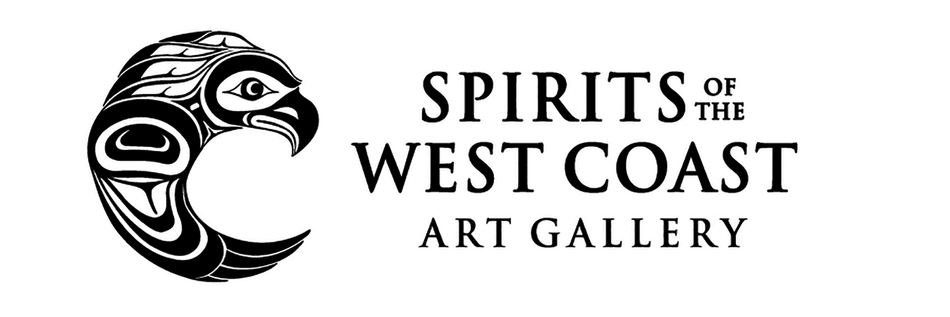
Pacific Northwest canoes are both a sophisticated art form and a symbol of cultural identity, reflecting local needs, sea conditions, and skills. Although there are a variety of canoe types depending on tribal formats and traditions, canoes are one of the three major forms of monumental art among Northwest Coast First Nations, along with plank houses and totem poles. However, the canoe is the single most important physical manifestation of Northwest Coast culture. They go back to the Great Flood myth, and exist at the nexus between technology and living beings. They are spiritual objects which garner great respect. The hulls are constructed of once-living trees that survived centuries and sustained the lives of innumerable birds, insects, mammals and other plants. Prior to European contact, and with painstaking precision, these trees were felled (or even occasionally harvested from the forest floor or beaches) and transformed into vessels, without drawings, calculations, or engineering as we know them today. Journeymen carvers and now-forgotten artists formed the logs into mighty sea craft.
Blessed at each step of their transformation and hardened by the forces of fire and water, these canoes come to represent whole clans and communities. The canoe’s technology is older than time, but still perfectly fitting for people seeking to explore and know the ocean. The Northwest Coast canoe provides the maximum amount of boat for the minimum amount of material, and represents unity and teamwork, as well as strength and health. Canoes became a valuable trade item between nations in the past, this is especially true for the Haida, Tlingit and Nuu-Chah-Nulth, and they are still capable of bringing wealth and prestige to a community and to a people.
Read more here: https://goo.gl/9W563o




